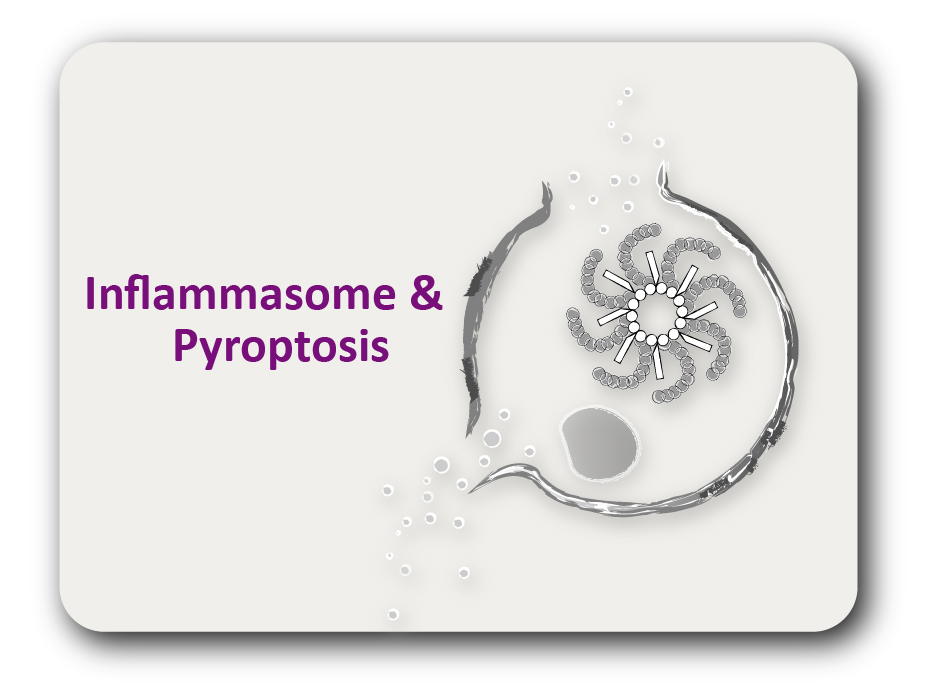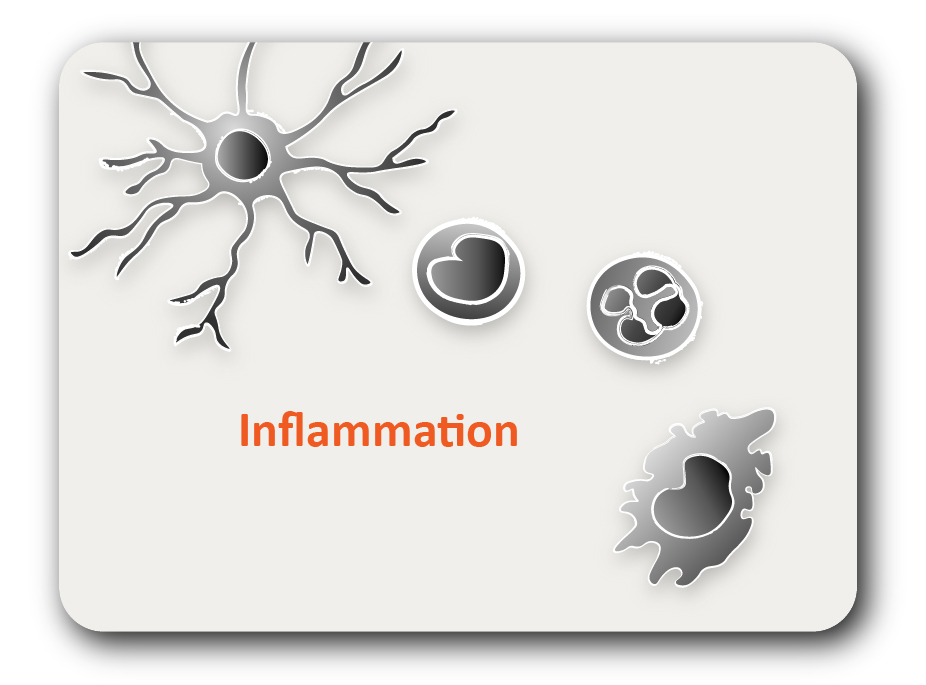ARG24140
anti-8 Hydroxyguanosine (8-OHdG) antibody [15A3] (Biotin)
anti-8 Hydroxyguanosine (8-OHdG) antibody [15A3] (Biotin) for Dot blot,ELISA,ICC/IF,IHC-Frozen sections,IHC-Formalin-fixed paraffin-embedded sections and Other
概述
| 产品描述 | Biotin-conjugated Mouse Monoclonal antibody [15A3] recognizes 8 Hydroxyguanosine (8-OHdG) |
|---|---|
| 反应物种 | Other |
| 应用 | Dot, ELISA, ICC/IF, IHC-Fr, IHC-P |
| 特异性 | Recognizes markers of oxidative damage to DNA (8- hydroxy-2' -deoxyguanosine, 8- hydroxyguanine and 8- hydroxyguanosine) |
| 宿主 | Mouse |
| 克隆 | Monoclonal |
| 克隆号 | 15A3 |
| 同位型 | IgG2b |
| 靶点名称 | 8 Hydroxyguanosine (8-OHdG) |
| 抗原 | 8-hydroxy-guanosine-BSA and -casein conjugates |
| 偶联标记 | Biotin |
| 別名 | 8-Hydroxy Guanine; 8-OH-dG; 8OHG; 80G; 8 hydroxyguanine; 8 hydroxy 2' deoxyguanosine; 8 hydroxyguanosine; 8 OHG; 8-OHG; 8OHdG |
应用说明
| 应用建议 |
|
||||||||||||
|---|---|---|---|---|---|---|---|---|---|---|---|---|---|
| 应用说明 | * The dilutions indicate recommended starting dilutions and the optimal dilutions or concentrations should be determined by the scientist. |
属性
| 形式 | Liquid |
|---|---|
| 纯化 | Purification with Protein G. |
| 缓冲液 | PBS, 0.1% Sodium azide and 50% Glycerol |
| 抗菌剂 | 0.1% Sodium azide |
| 稳定剂 | 50% Glycerol |
| 浓度 | 1 mg/ml |
| 存放说明 | For continuous use, store undiluted antibody at 2-8°C for up to a week. For long-term storage, aliquot and store at -20°C. Storage in frost free freezers is not recommended. Avoid repeated freeze/thaw cycles. Suggest spin the vial prior to opening. The antibody solution should be gently mixed before use. |
| 注意事项 | For laboratory research only, not for drug, diagnostic or other use. |
生物信息
| 背景介绍 | 8-hydroxyguanine, 8-hydroxy-2’-deoxyguanonsine and 8- hydroxyguanosine are all RNA and DNA markers of oxidative damage. 8-hydroxy-2’-guanosine is produced by reactive oxygen and nitrogen species including hydroxyl radical and peroxynitrite. Specifically its high biological relevance is due to its ability to induce G to T transversions, which is one of the most frequent somatic mutations |
|---|---|
| 产品亮点 | Related products: anti-8 Hydroxyguanosine (8-OHdG) antibody [15A3] Related news: Pericytes, new therapeutic target for Alzheimer's disease? |





